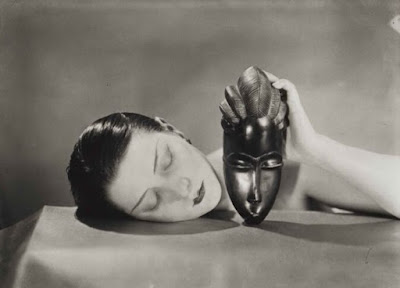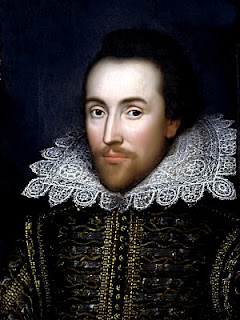Dorothea Lange (1895-1965) was an influential American
documentary photographer and photojournalist. She is best known for her iconic
photographs depicting the struggles and resilience of the American people
during the Great Depression.
Born on May 26, 1895, in Hoboken, New Jersey, Lange
developed a passion for photography early in her life. She studied photography
in New York City and later moved to San Francisco, where she opened her own
portrait studio in 1918. Lange gained recognition for her sensitive and
insightful portraits, which captured the essence of her subjects.
Lange's career took a significant turn in the 1930s when she
began working for the Farm Security Administration (FSA), a government agency
tasked with documenting the effects of the Great Depression on rural America.
Her photographs from this period became some of the most recognizable and
powerful images of the era.
Her most famous photograph, "Migrant Mother,"
taken in 1936, depicts Florence Owens Thompson, a distressed mother of seven
children, and has come to symbolize the hardships faced by many during the
Great Depression. The image captured the attention of the public and became an
enduring representation of the era's struggles.
Lange's photography focused on the human condition and social issues. She documented the lives of migrant workers, sharecroppers, displaced families, and others affected by poverty and social injustice. Her compassionate and empathetic approach allowed her to connect with her subjects and convey their stories through her photographs.
After the Great Depression, Lange continued her work as a
photojournalist, covering various social and political issues. During World War
II, she photographed the internment of Japanese Americans, highlighting the
injustice and hardship faced by these individuals. Her images contributed to
raising awareness and challenging public perceptions about these events.
Throughout her career, Lange received numerous awards and
honors for her contributions to photography and social documentary. She
co-founded the photography agency Aperture and continued to teach and lecture
on photography until her death on October 11, 1965.
Dorothea Lange's photographs continue to resonate with
audiences today, serving as a visual record of a significant period in American
history and reminding us of the power of photography to tell compelling stories
and inspire social change.
10 questions about Dorothea Lange:
- When
and where was Dorothea Lange born?
- Which
historical period did Dorothea Lange primarily document through her
photography?
- What
government agency did Dorothea Lange work for during the Great Depression?
- What
is Dorothea Lange's most famous photograph and who is the subject of that
photograph?
- Apart
from her photographs of the Great Depression, what other subject matter
did Dorothea Lange document in her work?
- What
was the significance of Dorothea Lange's photography during the internment
of Japanese Americans in World War II?
- Dorothea
Lange's approach to photography was often characterized by what qualities?
- Which
photography agency did Dorothea Lange co-found?
- What
were some of the awards and honors Dorothea Lange received for her
contributions to photography?
- When
did Dorothea Lange pass away and what is her lasting legacy in the world
of photography?




